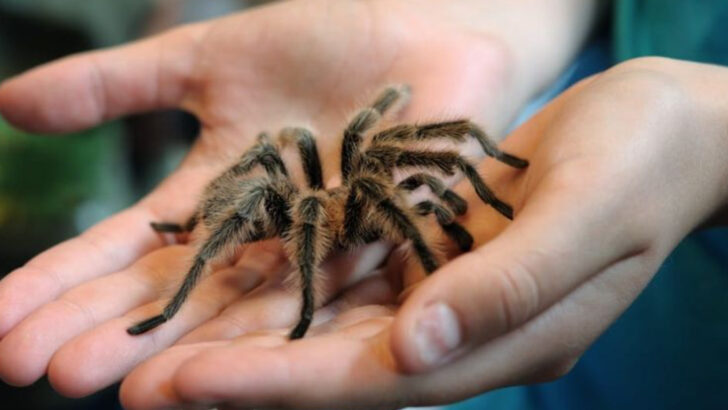Tarantulas are the stuff of nightmares—or are they? These eight-legged wonders have been scaring people for centuries, but behind their hairy bodies and eerie movements lies a world of incredible surprises.
Some glow under UV light. Others shoot irritating hairs as a defense mechanism. And believe it or not, these creatures can go for years without food! If you thought tarantulas were just oversized creepy crawlies, think again.
From their bizarre courtship rituals to their unexpected ability to swim, these spiders are full of jaw-dropping secrets. Whether you love them or fear them, one thing is certain—you won’t look at tarantulas the same way after this.
Get ready to uncover some wild, fascinating, and slightly chilling facts about these misunderstood creatures. You might just walk away with a newfound respect… or a stronger urge to keep your distance!
Tarantulas Can Live for Decades

Tarantulas are known for their impressive lifespans, with some species living up to 30 years. Female tarantulas generally live longer than males, often outliving them by a decade or more. This longevity allows them to thrive in various environments, adapting to changes over time. Their ability to survive for so long means they can witness significant environmental shifts throughout their lives. Many tarantula enthusiasts find themselves caring for these spiders for decades, creating lasting bonds with their eight-legged pets. Their extended lives make them unique among arachnids, offering a window into the world of long-lived invertebrates.
Hairy Defense Mechanism
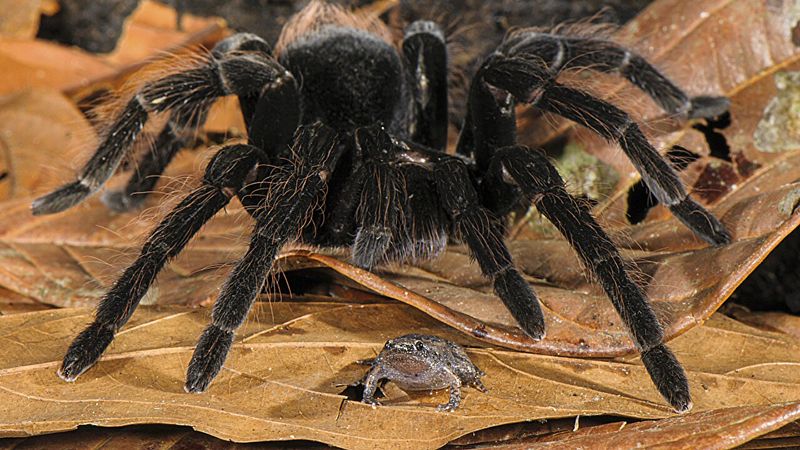
Tarantulas have a unique defense mechanism involving the tiny hairs on their bodies. These urticating hairs can be kicked off when the spider feels threatened, irritating the skin and eyes of potential predators. This form of defense is highly effective, deterring many would-be attackers. The hairs are barbed and can become embedded in the skin, causing discomfort. This unusual adaptation showcases the tarantula’s ability to protect itself without relying on venom or biting. The sight of a tarantula flicking its hairs can be enough to ward off even the most determined predator, highlighting its ingenious survival tactics.
Venomous Yet Harmless to Humans
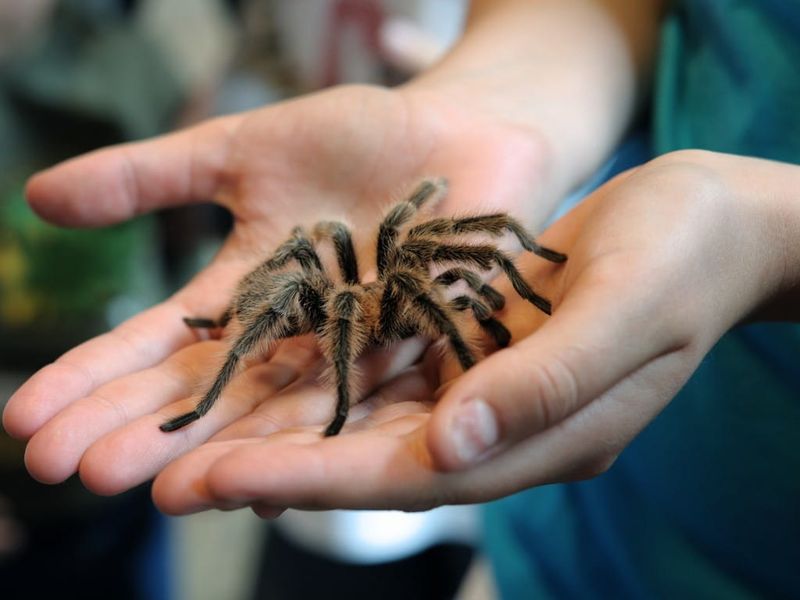
While tarantulas are indeed venomous, their venom is generally harmless to humans. The toxins found in their venom are more effective on smaller prey, such as insects, and rarely cause significant harm to people. Most bites result in mild pain and irritation, similar to a bee sting. This misconception about their danger often leads to unnecessary fear. Many tarantula owners enjoy the company of their spiders without any concerns for safety. Understanding the true nature of their venom helps demystify these creatures, allowing people to appreciate them for their beauty and ecological role rather than fearing them.
Impressive Size and Strength
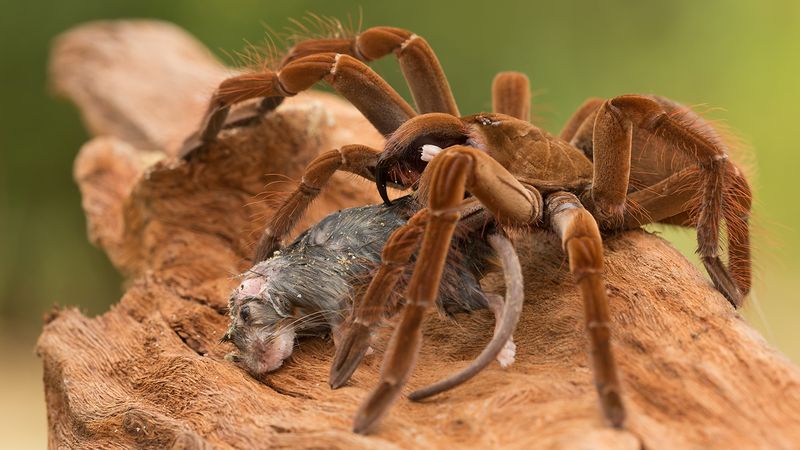
Tarantulas are renowned for their impressive size, with some species reaching up to 12 inches in leg span. This size allows them to capture and subdue larger prey, showcasing their strength and agility. Their powerful legs enable them to pounce on unsuspecting victims with precision. Despite their bulk, tarantulas are quite agile, navigating their environment with ease. These physical attributes make them formidable hunters in the wild. Many people are amazed by the sheer size and strength of these spiders, finding them both fascinating and intimidating. Their physical prowess is a testament to their evolutionary success as predators.
Mysterious Molting Process
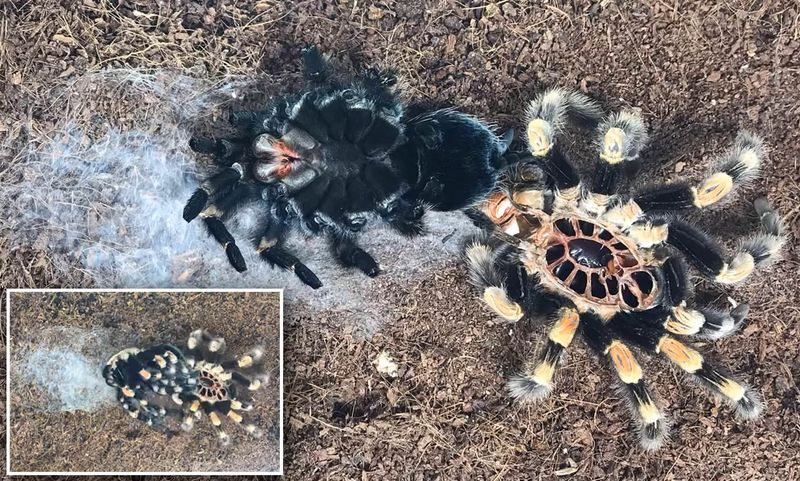
Molting is a crucial part of a tarantula’s life cycle, allowing them to grow and regenerate lost or damaged limbs. During this process, they shed their old exoskeleton and emerge with a fresh, new one. The molting phase can be a vulnerable time, as they become soft and defenseless against predators. Observing a tarantula molt is a fascinating experience, revealing the complexity of their biology. This process can take several hours or even days to complete, depending on the species. Enthusiasts often find molting to be one of the most intriguing aspects of tarantula care, offering a glimpse into their adaptability.
Diverse Habitat Range
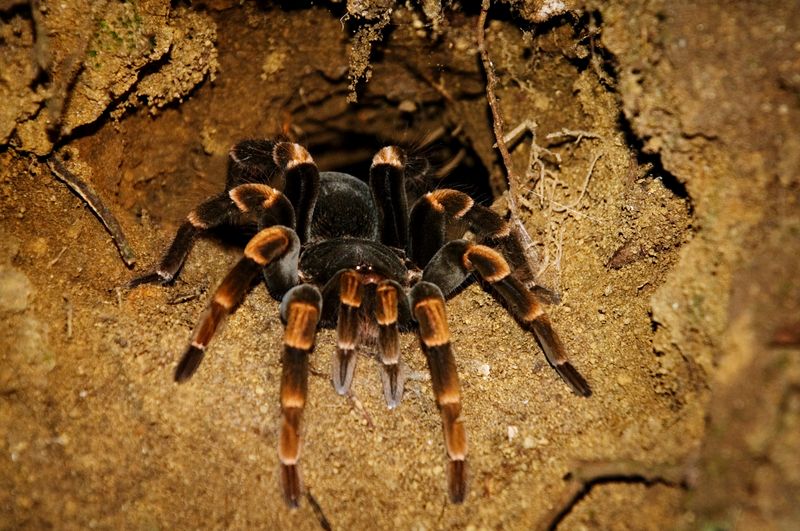
Tarantulas inhabit a wide range of environments, from arid deserts to lush rainforests. Their adaptability allows them to thrive in diverse habitats across the globe. Each species has unique adaptations that enable them to survive in their specific environment. Some tarantulas burrow underground, while others build webs in trees. This diversity in habitat preference highlights their ecological versatility. Their presence in various ecosystems plays a crucial role in controlling insect populations. By understanding their habitat choices, we can learn more about their ecological importance and the role they play in maintaining balance within their environments.
Unique Courtship Rituals
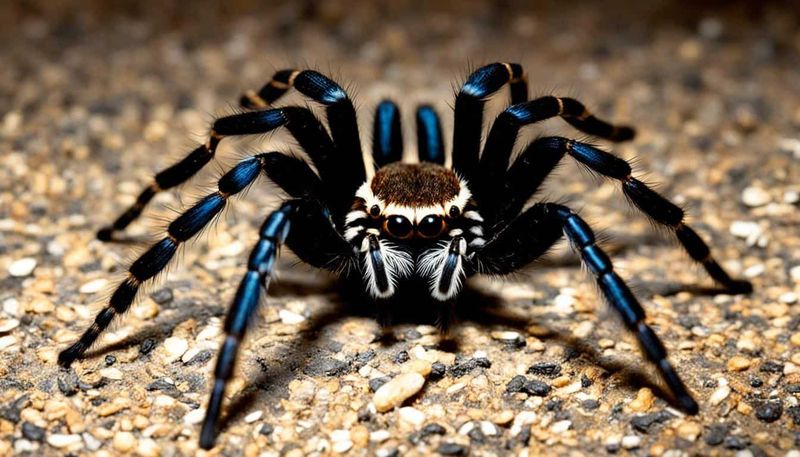
Tarantulas exhibit fascinating courtship rituals, often involving complex dances and displays. Males must approach females cautiously, as they risk being eaten if the female is uninterested. This cautious dance involves tapping and vibrating to signal their intentions. Successful courtship results in mating, followed by the male’s quick retreat to safety. These rituals highlight the intricate behaviors developed through evolution to ensure reproduction. Observing these dances reveals the delicate balance between attraction and survival. Tarantula courtship is a remarkable example of the complexities of spider behavior, showcasing both the beauty and danger inherent in the natural world.
Surprising Speed and Agility
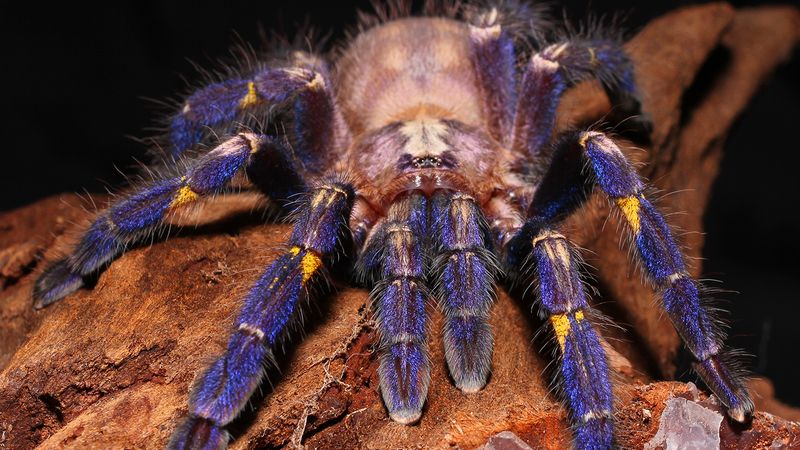
Despite their size, tarantulas are surprisingly quick and agile. Their ability to scurry across surfaces at impressive speeds makes them effective hunters. This agility helps them escape predators and capture prey with precision. Tarantulas rely on their keen senses and swift movements to navigate their environment efficiently. Their speed is a testament to their adaptability and survival instincts. Many are surprised by how quickly a tarantula can move, often expecting them to be slow due to their size. Their unexpected swiftness adds to the allure and intrigue of these remarkable spiders, captivating those who observe them in action.
Variety of Colors and Patterns
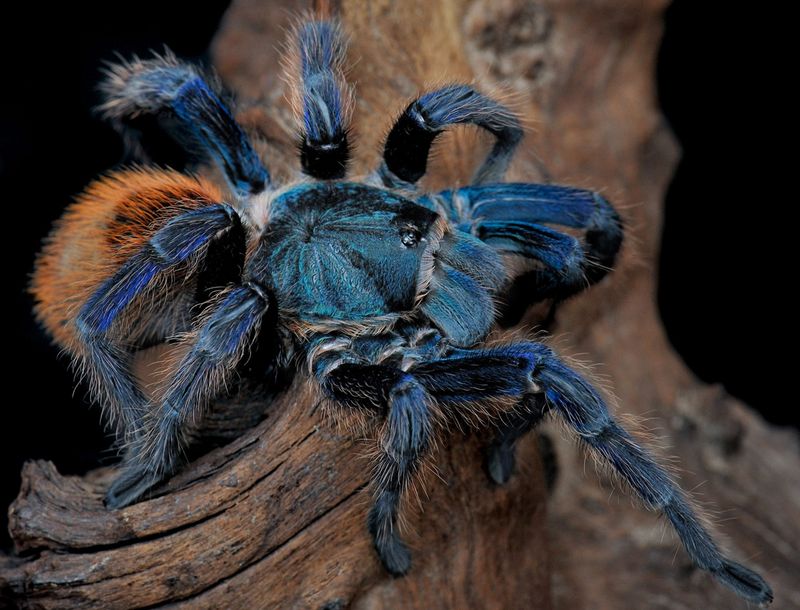
Tarantulas boast a stunning array of colors and patterns, from deep blacks to vibrant reds and blues. These striking appearances serve various purposes, such as camouflage and mating displays. Some species have iridescent exoskeletons that shimmer in the light, captivating observers. Their diverse coloration is a result of evolutionary adaptations to their specific habitats. Enthusiasts often marvel at the beauty and diversity of tarantula appearances, appreciating the intricate details of their markings. The vibrant colors and patterns not only add to their allure but also play a crucial role in their survival and reproductive success in the wild.
Unique Communication Methods
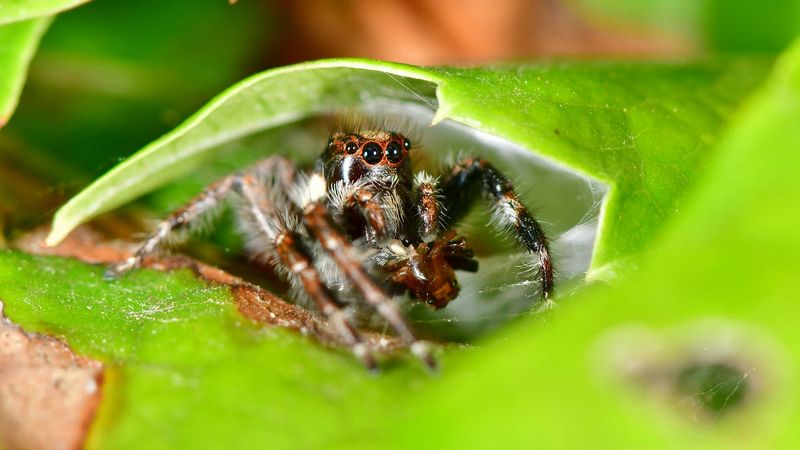
Tarantulas communicate through a combination of body language and vibrations. By tapping and moving their legs, they can convey messages to other spiders. This form of communication is essential during mating and territorial disputes. Their ability to interpret these signals demonstrates their intelligence and social behavior. Understanding tarantula communication offers insights into their complex interactions and relationships. This form of interaction is critical for survival in the wild, where clear communication can mean the difference between life and death. Observing their communicative behavior provides a deeper understanding of their social structures and the importance of non-verbal cues in the animal kingdom.
Adaptations to Arid Environments
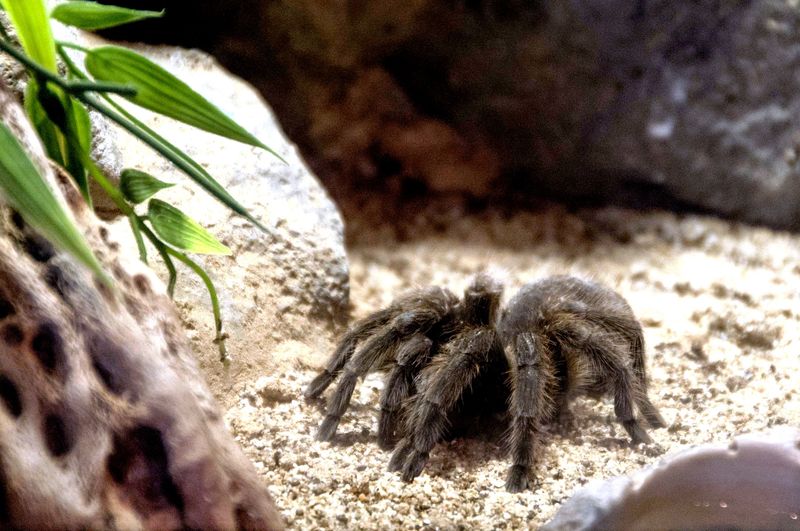
Tarantulas have evolved various adaptations to survive in arid environments. Their bodies are designed to retain moisture, allowing them to thrive in hot, dry conditions. Some species have specialized burrowing habits, creating cool, humid microenvironments to escape the heat. These adaptations enable them to conserve water and avoid dehydration. By understanding these survival mechanisms, we gain insight into their resilience and ability to adapt to harsh climates. These adaptations highlight the ingenuity of evolution, showcasing how tarantulas can inhabit some of the most challenging environments on Earth. Their presence in deserts underscores their remarkable ability to endure extreme conditions.
Unusual Appetite and Diet
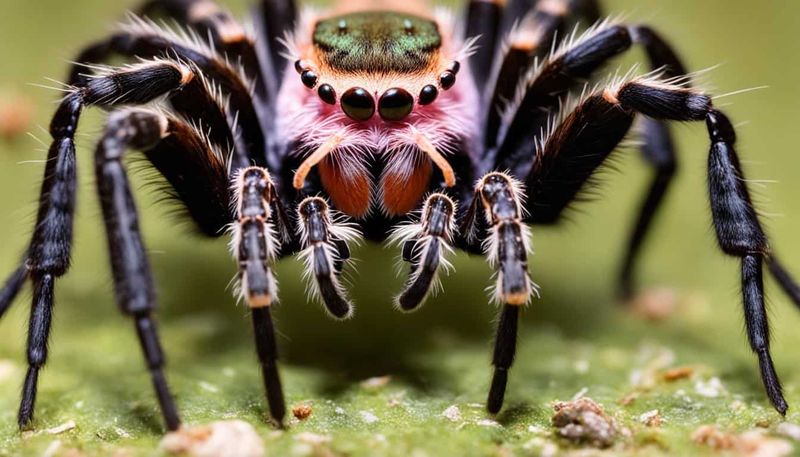
Tarantulas have a varied diet, primarily feeding on insects, but they are known to consume small mammals and birds when given the opportunity. Their hunting strategy involves ambushing prey, relying on their strength and speed. They inject venom to subdue their catch before consuming it. This varied diet allows them to adapt to different environments and available food sources. By understanding their feeding habits, we can appreciate their role in controlling pest populations. Their opportunistic feeding behavior showcases their adaptability and predatory skills, making them effective hunters in the wild. Their diet is a key aspect of their survival strategy.
Nocturnal Predators
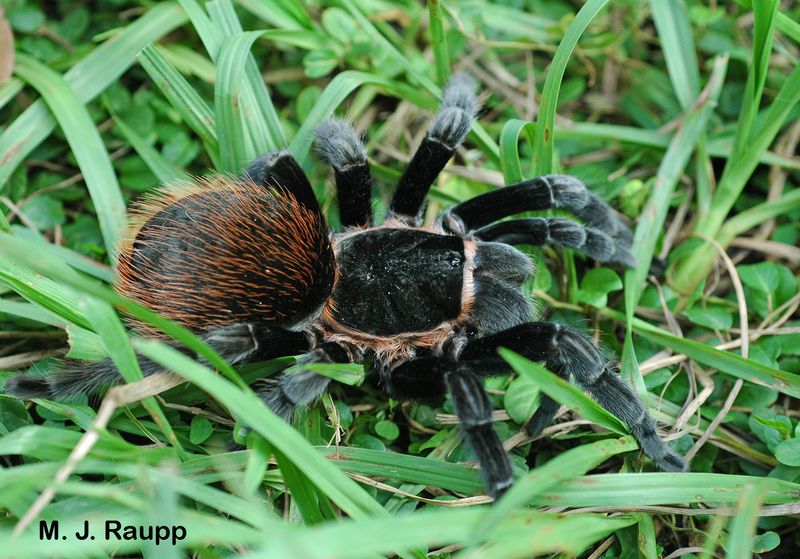
Tarantulas are primarily nocturnal hunters, using the cover of darkness to stalk their prey. Their nighttime activity minimizes competition and reduces the risk of encountering predators. Their enhanced senses allow them to navigate and hunt effectively in low-light conditions. Observing a tarantula on the prowl at night reveals their stealth and precision as hunters. This nocturnal lifestyle is a strategic adaptation that enhances their survival. By exploring their nighttime behavior, we gain a deeper understanding of their ecological role and the importance of nocturnal activity in the animal kingdom. Their nocturnal habits add to the mystery and allure of these spiders.
Tarantulas as Pets
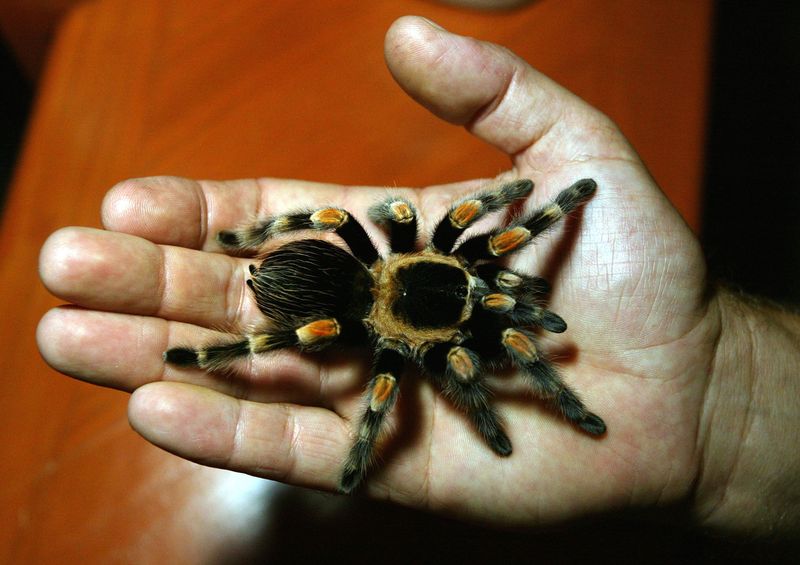
Tarantulas have become popular pets due to their low maintenance and unique appeal. Many enthusiasts are drawn to their exotic appearance and fascinating behaviors. Tarantulas require minimal care, making them ideal for those interested in arachnids. Their docile nature and low space requirements add to their appeal as pets. Despite their fearsome reputation, they can be handled safely with proper care and respect. Owning a tarantula provides a unique opportunity to observe their intriguing behaviors up close. As pets, they offer a glimpse into the world of invertebrates, captivating those who take the time to understand them.
Global Distribution
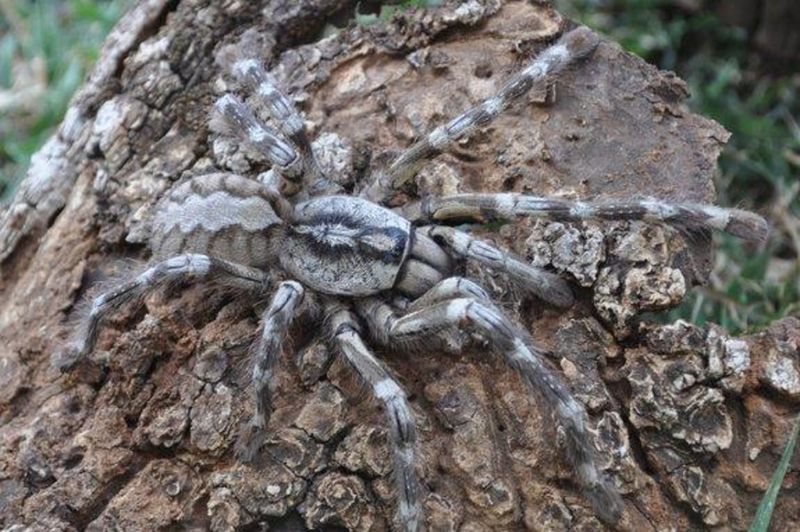
Tarantulas are found on every continent except Antarctica, showcasing their adaptability and widespread presence. Their global distribution highlights their success in various climates and environments. This widespread presence is a testament to their resilience and ability to thrive in diverse habitats. Studying their distribution patterns offers insights into their evolutionary history and ecological impact. Their presence in different regions underscores their importance in controlling insect populations and maintaining ecological balance. Understanding their global reach allows us to appreciate the complexity of their interactions with different ecosystems, highlighting their role as key players in the natural world.
Conservation Challenges
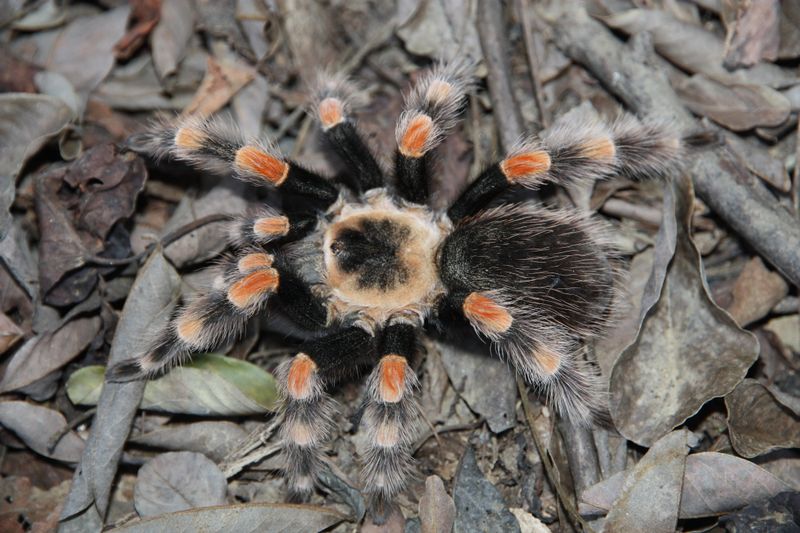
Tarantulas face various conservation challenges, including habitat destruction and illegal trade. Their popularity in the pet trade has led to overcollection in some regions, threatening wild populations. Conservation efforts focus on protecting their natural habitats and regulating trade to ensure sustainable populations. By understanding the threats they face, we can take action to preserve these fascinating creatures. Education and awareness play critical roles in promoting their conservation. Protecting tarantulas ensures the health of ecosystems where they serve as important predators. Efforts to conserve them highlight the need for balanced coexistence between humans and wildlife, safeguarding their future.

